Table of content
Roasting chestnuts is an age-old culinary tradition that evokes images of crisp autumn evenings, crackling fires, and the comforting aroma of sweet, caramelized nuts. While the process may seem straightforward, achieving chestnuts with a crisp exterior and a soft, buttery interior requires precision, patience, and a deep understanding of the techniques involved. This comprehensive guide will walk you through the history, science, and step-by-step methods of roasting chestnuts, ensuring your next batch is nothing short of exceptional.
The Cultural Significance of Roasted Chestnuts
Chestnuts have been a dietary staple for centuries, particularly in regions with temperate climates. Their cultivation dates back to ancient times, with evidence of their consumption found in Greek, Roman, and Chinese civilizations. In Europe, roasted chestnuts became synonymous with winter festivals and street vendors, their warm scent filling chilly streets. The tradition persists today, with vendors in cities like Paris, Rome, and New York still selling paper cones of steaming chestnuts during the colder months.
Beyond their culinary appeal, chestnuts hold symbolic meaning. In folklore, they represent prosperity, resilience, and the harvest season. Roasting them over an open flame or in a pan connects modern cooks to a lineage of chefs and home cooks who perfected the art of transforming a humble nut into a delicacy.
The Science Behind Roasting Chestnuts
Roasting chestnuts is a delicate balance of heat and moisture. Unlike other nuts, chestnuts have a high water content (about 50%) and a starchy interior, which requires careful cooking to prevent them from drying out or becoming tough. The Maillard reaction—a chemical process where sugars and amino acids react under heat—plays a crucial role in developing the nuts’ signature sweetness and deep brown color. However, excessive heat can lead to bitterness, while insufficient heat results in a raw, astringent flavor.
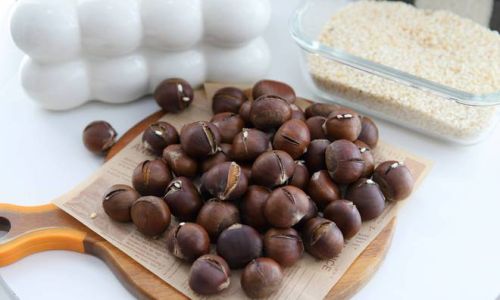
The key to perfection lies in scoring the chestnuts before roasting. This step allows steam to escape, preventing the nuts from exploding and ensuring even cooking. The scoring also creates a pathway for heat to penetrate the tough outer shell, softening the flesh without burning it.
Selecting the Right Chestnuts
Not all chestnuts are created equal. Freshness, size, and shell integrity are critical factors in achieving optimal results. When shopping, look for:
- Firm, Glossy Shells: Avoid nuts with cracks, mold, or shriveled appearances, as these indicate spoilage.
- Heavy Weight: A dense chestnut suggests higher moisture content, leading to a creamier texture.
- Uniform Size: Consistent sizing ensures even roasting.
Store chestnuts in a cool, dry place, ideally in a breathable bag, to prevent mold. Avoid refrigeration, as it can dry out the nuts.
Methods of Roasting Chestnuts
Stovetop Roasting (Classic Pan Method)
The stovetop method is ideal for small batches and offers maximum control over heat distribution.
Equipment Needed:
- A heavy-bottomed skillet or chestnut pan (with holes for airflow)
- A sharp paring knife
- A clean kitchen towel
Steps:

-
Preparation:
- Rinse the chestnuts under cool water to remove debris.
- Using a paring knife, score an “X” on the flat side of each nut. This cut should penetrate the shell but not the flesh.
-
Roasting:
- Heat the skillet over medium heat. Do not add oil, as chestnuts contain enough natural moisture.
- Place the chestnuts in a single layer, cut-side up.
- Shake the pan every 2–3 minutes to ensure even roasting.
- Roast for 15–20 minutes, or until the shells begin to curl and the flesh is tender.
-
Finishing:
- Wrap the roasted chestnuts in a kitchen towel and let them steam for 5 minutes. This loosens the shells and membranes.
- Peel while still warm, as cooled chestnuts become difficult to shell.
Tips:
- If the shells resist peeling, soak the nuts in warm water for 2 minutes.
- Adjust heat to medium-low if the nuts brown too quickly.
Oven Roasting (For Large Batches)
The oven method is perfect for cooking chestnuts in bulk, offering consistent heat and minimal hands-on time.
Equipment Needed:
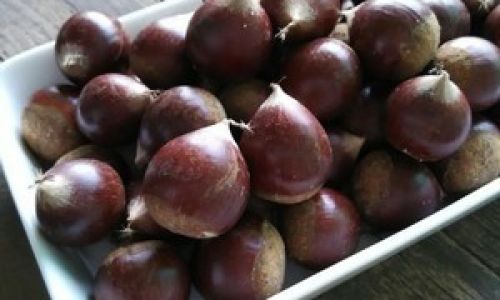
- A baking sheet
- Aluminum foil
- A paring knife
Steps:
-
Preparation:
- Preheat the oven to 425°F (220°C).
- Score each chestnut as described earlier.
-
Roasting:
- Arrange the chestnuts in a single layer on a baking sheet, cut-side up.
- Roast for 20–25 minutes, shaking the pan halfway through.
- Check for doneness by piercing a nut with a knife; the flesh should yield easily.
-
Finishing:
- Transfer the chestnuts to a towel-lined bowl and cover for 10 minutes.
- Peel and serve immediately.
Tips:
- For added flavor, toss the chestnuts in olive oil, rosemary, and sea salt before roasting.
- Use a pizza stone to mimic the heat retention of a traditional hearth.
Open Fire Roasting (The Traditional Approach)
This method imparts a smoky flavor reminiscent of street-vendor chestnuts.
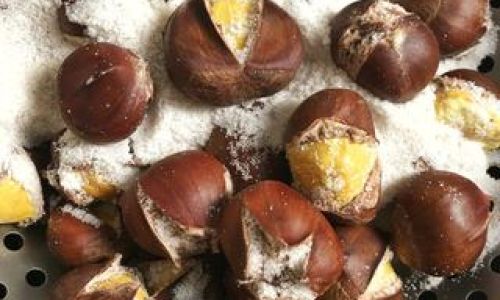
Equipment Needed:
- A wire mesh basket or foil packet
- Long-handled tongs
- A fire pit or grill
Steps:
-
Preparation:
- Build a medium-hot fire using hardwood (avoid softwoods, which impart a resinous taste).
- Score the chestnuts deeply to allow smoke penetration.
-
Roasting:
- Place the chestnuts in a wire basket or wrap them in foil, leaving a small vent for steam.
- Roast 10–15 minutes, turning frequently to prevent burning.
- Remove when the shells are charred and the flesh is soft.
-
Finishing:
- Wrap the chestnuts in a towel and let them rest for 5 minutes.
- Peel carefully, as the shells will be brittle.
Tips:

- Soak wood chips in water for 30 minutes before adding to the fire for extra smoke.
- Use ash-coated embers rather than active flames for gentle heat.
Troubleshooting Common Issues
- Undercooked Chestnuts: The flesh is dry and crumbly. Solution: Increase roasting time by 5-minute intervals.
- Burnt Shells: Reduce heat and ensure even turning.
- Difficult Peeling: Roast for an additional 2–3 minutes or soak in warm water.
Serving Suggestions
Roasted chestnuts are versatile and can be enjoyed in various forms:
- Plain: Serve warm with a sprinkle of sea salt.
- Sweet: Toss with melted butter, brown sugar, and cinnamon.
- Savory: Pair with crumbled bacon, blue cheese, or rosemary.
- In Recipes: Incorporate into stuffing, soups, or desserts like mont blanc.
Storing Roasted Chestnuts
Roasted chestnuts are best enjoyed immediately, but they can be stored for up to 3 days in an airtight container. Reheat them in a 350°F (175°C) oven for 5 minutes to restore their crispness.
Conclusion
Roasting chestnuts is a labor of love that rewards the cook with a sensory feast. Whether you prefer the rustic charm of open-fire roasting or the convenience of the oven, mastering this craft hinges on attention to detail and respect for tradition. By selecting quality nuts, scoring them meticulously, and controlling heat with precision, you can elevate this humble ingredient into a culinary masterpiece. So gather your ingredients, fire up your stove, and let the timeless aroma of roasted chestnuts fill your kitchen—and your heart.



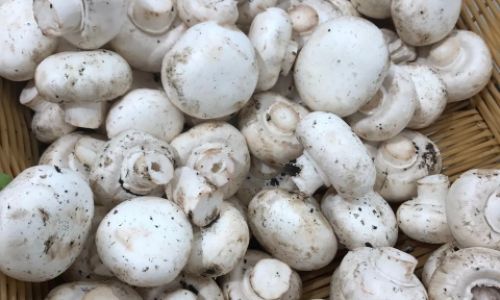
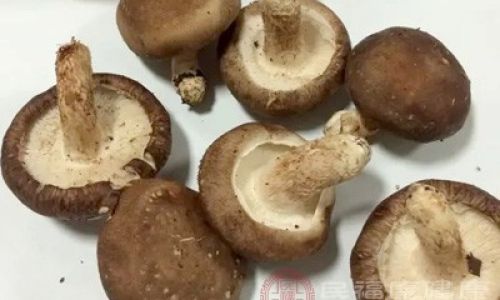
0 comments